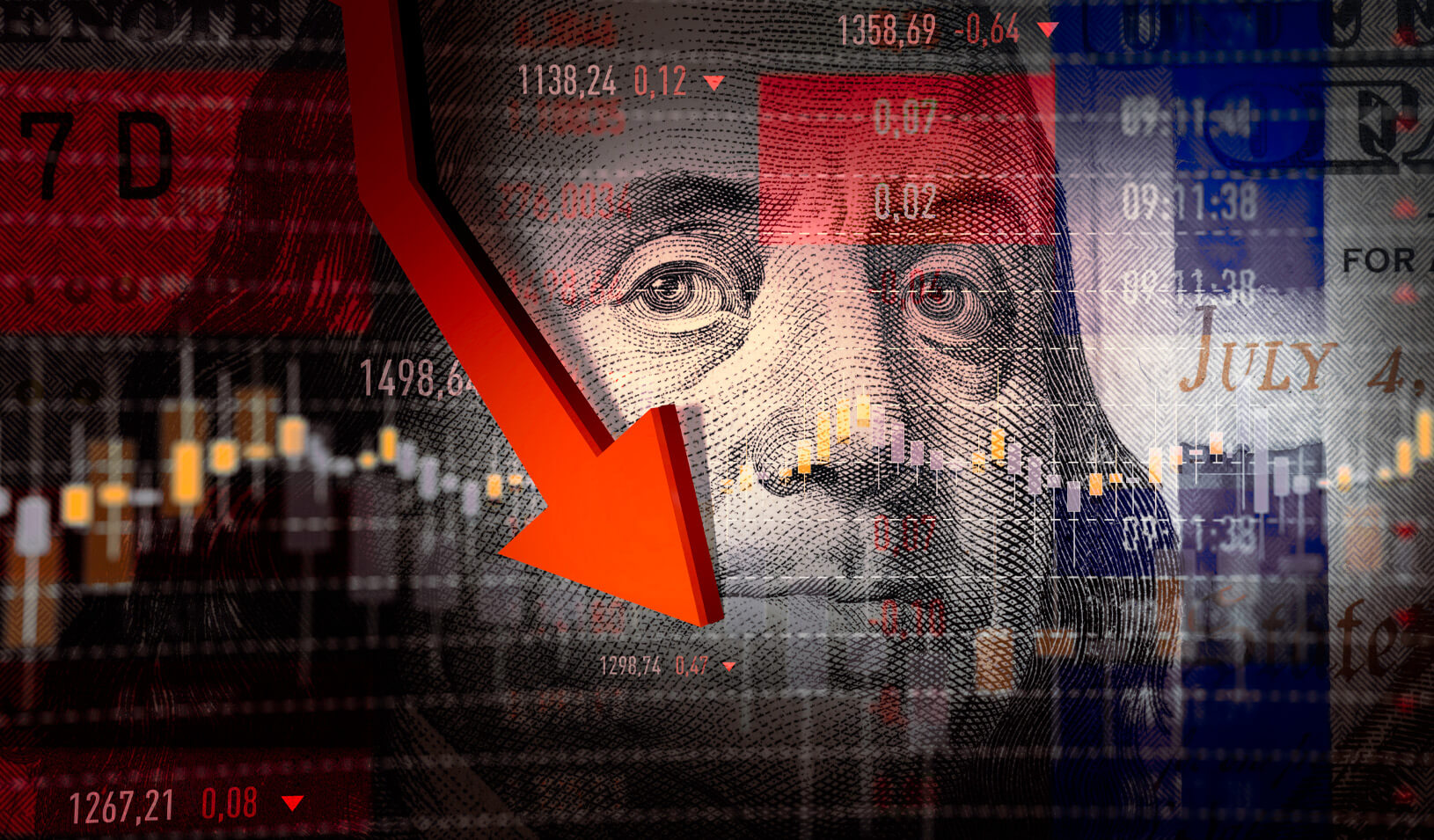
Subsidizing innovators through lower tax rates could stimulate economic growth. | iStock/skodonnell
The highest marginal rate for federal income taxes peaked in 1944 at 94%. It dropped in the ’60s and again in the ’80s. In 2017, tax cuts signed by President Donald Trump set it at 37% — around the average of where it had been for the previous 25 years.
So what is the ideal top tax rate? The classic argument for lower rates holds that they decrease incentives to hide wealth and encourage the rich to save and invest. On the flip side, advocates of bringing back higher rates say they would maximize tax revenue, which could be used to reduce economic inequality.
However, Charles Jones, a professor of economics at Stanford Graduate School of Business, argues that this long-running debate isn’t fully considering an important factor: how taxes affect innovation.
This overlooked force sharply constrains the benefits of higher taxes on top earners, Jones finds in a new paper in the Journal of Political Economy. If high taxes slow the creation of the new ideas that drive economic growth, they would undo any redistributive effects and reduce everyone’s income, not just the richest. “This paper contributes to research that shows why we might be worried about jumping to that high tax rate too quickly,” he says.
Jones finds that if innovation is ignored to maximize revenue, the top tax rate could be as high as 91%. (Gabriel Zucman, an economist at the University of California, Berkeley, who has advised Senators Elizabeth Warren and Bernie Sanders, has suggested that the ideal top rate should be 75%.) But he concludes that the optimal rate should be much lower — anywhere from 50% to 9%, or even lower.
But rather than calculate the optimal rate, Jones’ main aim is to consider the effect of top income taxation on the creation of new ideas and to explain how it affects our current economic situation. “The U.S. economy is on an unstable path and we’ll have to lower the deficit by raising taxes or cutting spending, or a combination of the two,” he says. “How one does that is really going to matter greatly for economic growth.”
Ideas as the Engine of Growth
Jones, who studies economic growth, argues that the massive increase in living standards over the past century is the result of new ideas discovered by a relatively small number of people.
“The reason why innovation matters so much is that it multiplies,” he explains. “If you want to make a billion workers better off by giving them computers, you need a billion computers. If you want to make a billion people better off with ideas, you just give them one new idea, which is infinitely usable.”
He cites the invention of the iPhone, which did more than just enrich Apple and Steve Jobs: It created entirely new industries and spurred other new ideas. Or take COVID-19 vaccines, which were invented by a few firms yet saved countless lives. As he notes in a recent paper in the Annual Review of Economics, ideas aren’t like goods or capital. “Each new idea can be used by any number of people at the same time, so every improvement has the potential to benefit everyone,” he writes.
Traditional arguments about taxes focus on the link between economic growth and tax rates. However, Jones notes that the evidence here is murky. High top tax rates have been correlated with higher economic growth as well as the reverse. Jones says that drawing firm conclusions from these observations is impossible because there are no counterfactuals. “It is entirely possible that had we not lowered tax rates, growth would be even slower,” he says. “We just don’t know.”
What is clear is just how sensitive innovation is to taxation. Jones cites research that measured the impact of tax incentives on patents for new inventions. Increasing the “keep rate” — the amount left in one’s pocket after taxation — by 10% raised rates of innovation by more than 20%. “There is extensive empirical evidence that innovation responds to tax incentives,” Jones says.
If income taxation distorts innovation by deterring entrepreneurs, it will also depress the incomes of everyone else. “When the top 1% produce fewer ideas, it reduces their income and tax revenue but also consumption of the middle classes,” Jones says. Think of any number of recent innovations that started with a few people — the iPhone, Google, COVID vaccines — if they hadn’t been created, the U.S. economy as a whole would be worse off.
To be sure, higher taxes would fill federal coffers. By Jones’ calculations, raising the top marginal tax rate from 50% to 75% would raise about 2.5% of GDP in revenue. However, this tax hike would reduce innovation and lower GDP per capita by around 7% in the long run.
This would hurt living standards. Even if the increased revenues were redistributed to lower earners, they would be worse off on average since incomes would decline. “If you want to maximize worker welfare, you might want a lower top rate of tax,” Jones says. “If you let the rich create ideas, that makes the middle class better off.”
More R&D Isn’t Enough
Could social welfare and innovation be boosted by simultaneously taxing top incomes and subsidizing R&D? Not so fast, Jones says. He points out that a federal subsidy cannot perfectly target innovation because much of it occurs beyond formal R&D. For example, about 70% of measured R&D is in manufacturing, and only 15% of workers are employed by firms that conduct any official R&D. Walmart and Goldman Sachs, on the other hand, report zero spending on R&D, even though they commercialize new ideas.
“Research subsidies miss the important stuff,” Jones says. “Think about the creation of new firms like Amazon or Uber, or the application of machine learning and artificial intelligence to all sorts of business and consumer problems. This is often not covered under formal R&D.”
He argues that measured R&D as a definition is too narrow, but he also underscores the difficulty of correctly identifying research that leads to the creation of new products and services. “If you make the definition too broad, the risk is that people will label everything as R&D even though it’s not, in an attempt to get the subsidy.”
Ultimately, Jones concludes that subsidizing the discovery of new ideas through lower top tax rates may be an effective tool for stimulating economic growth. It’s possible that this is a better way to improve the welfare of a wide range of people than higher top tax rates and direct redistribution — food for thought as policymakers look to repair America’s finances in the years ahead.
For media inquiries, visit the Newsroom.






